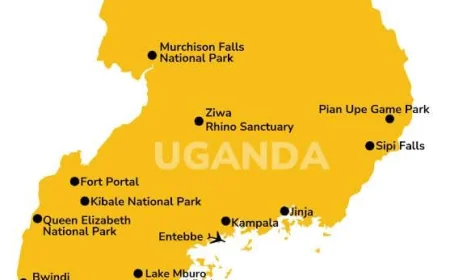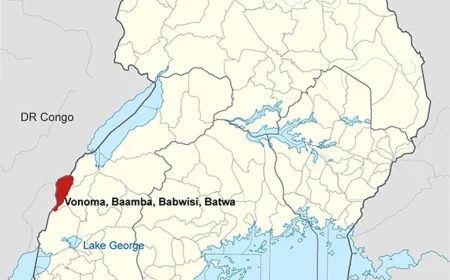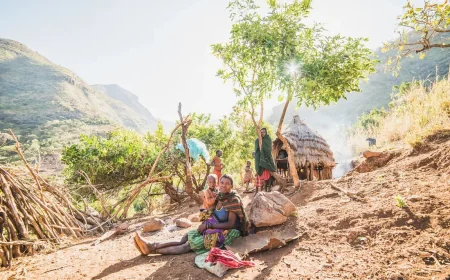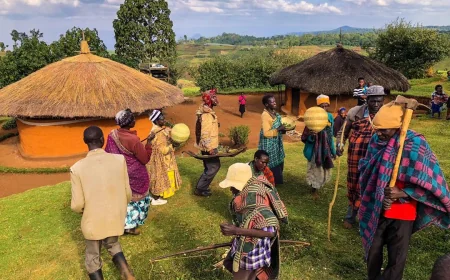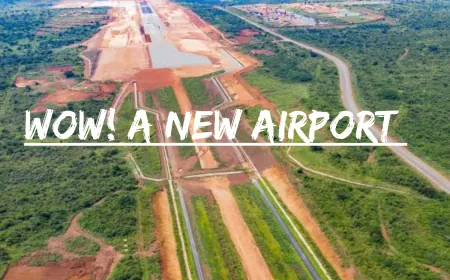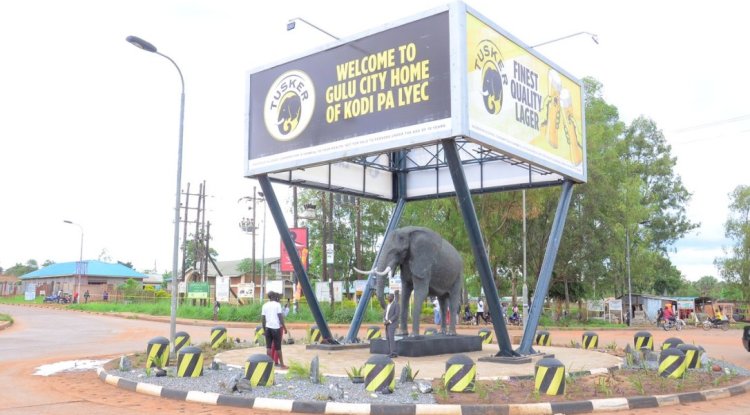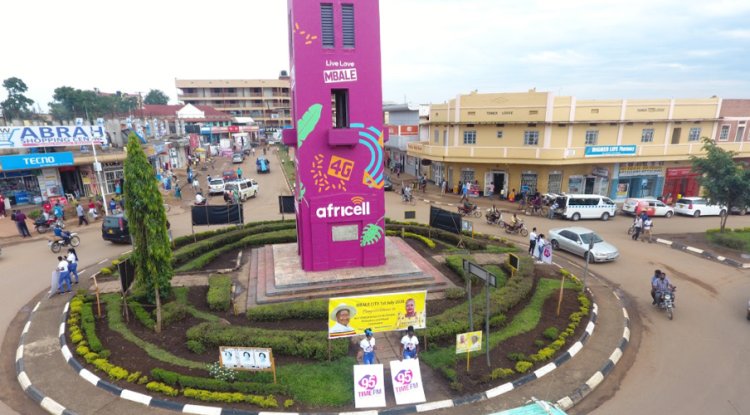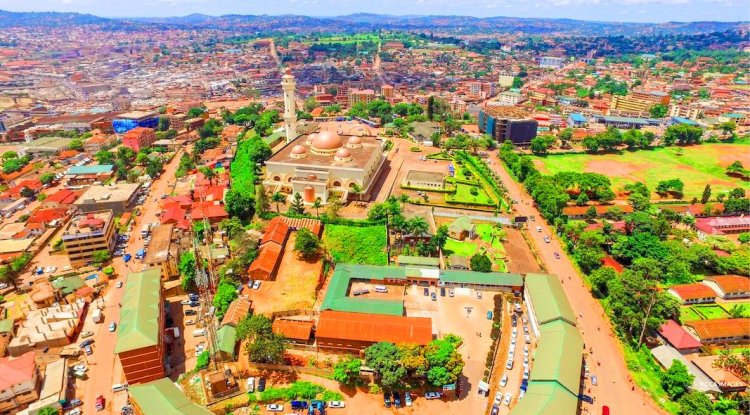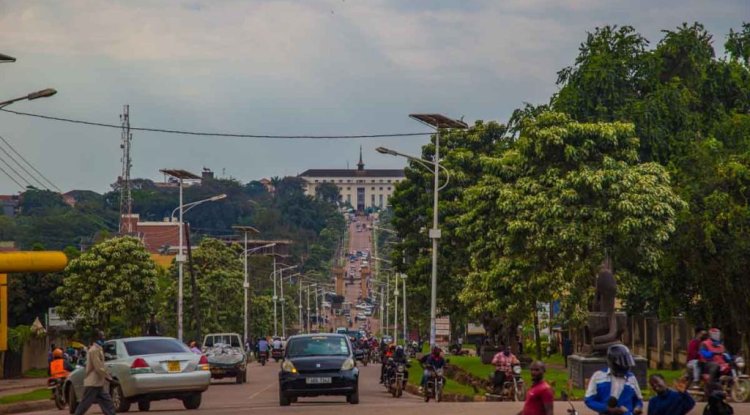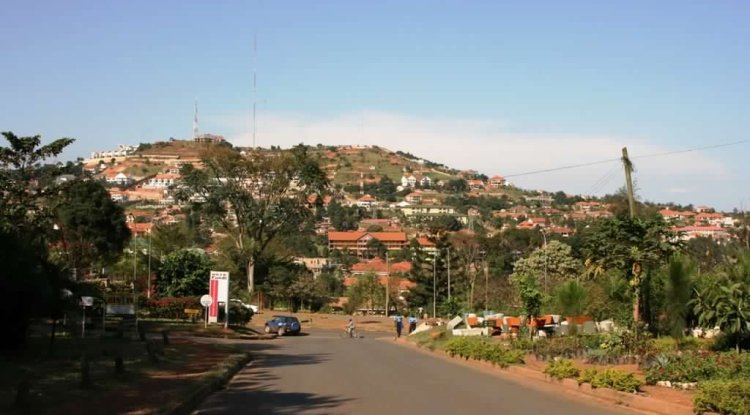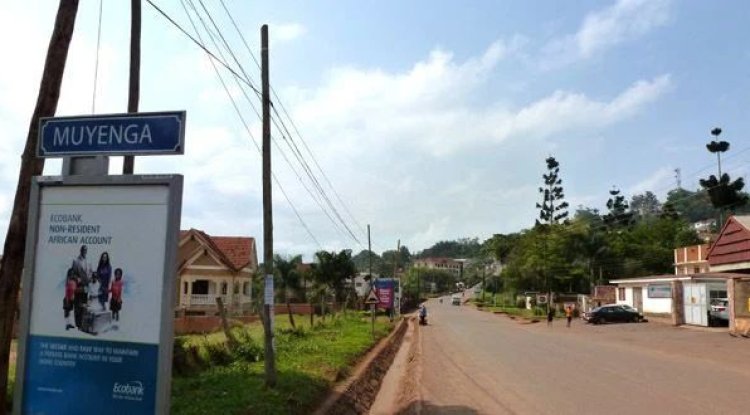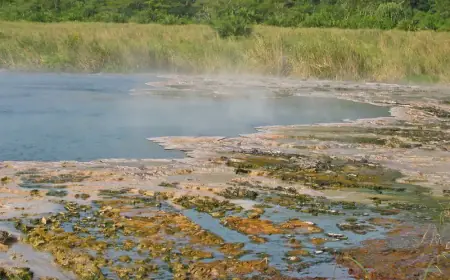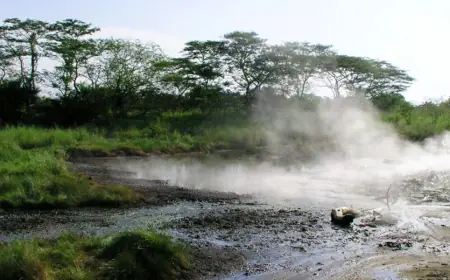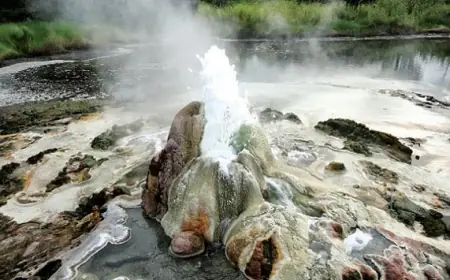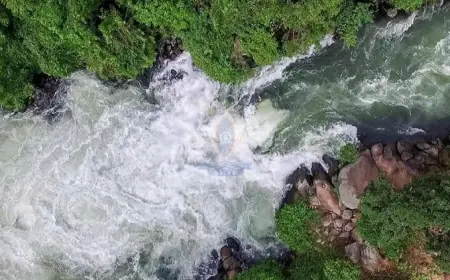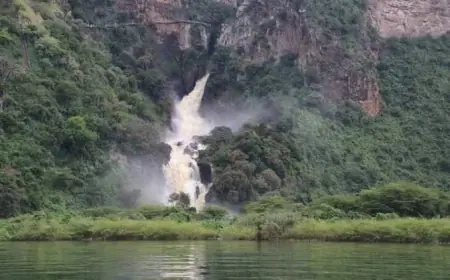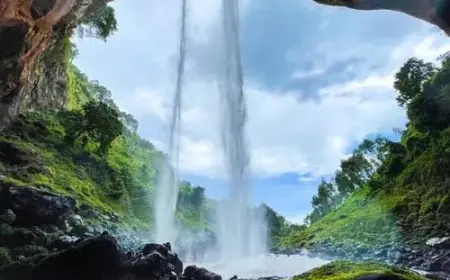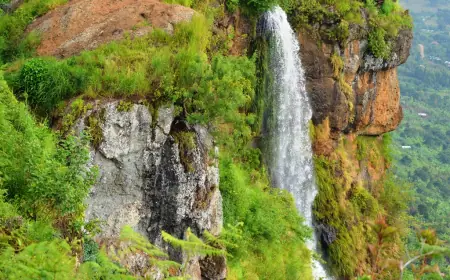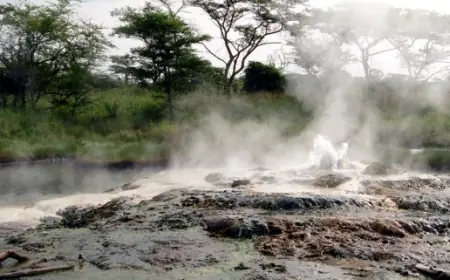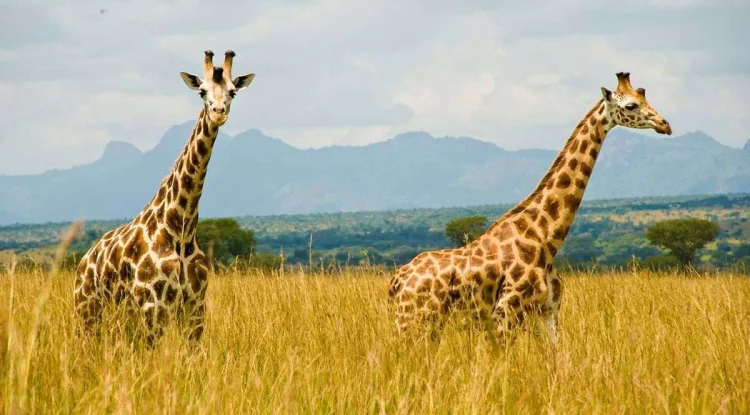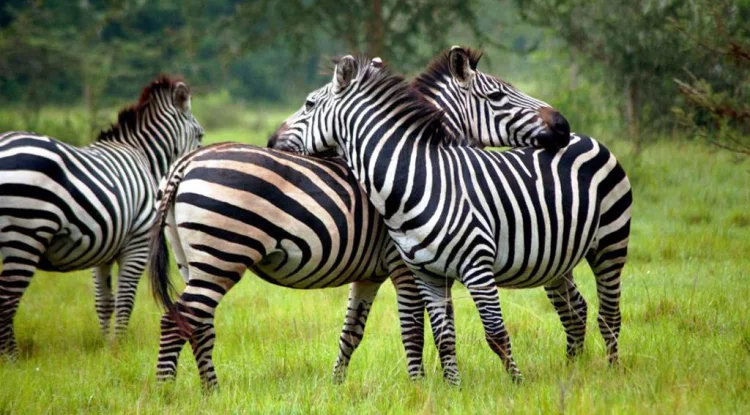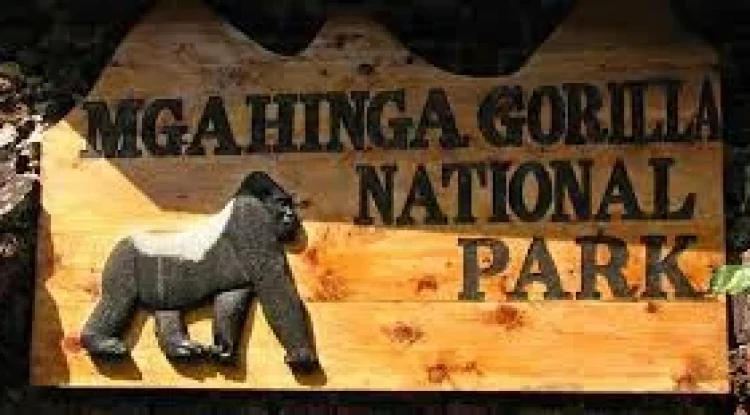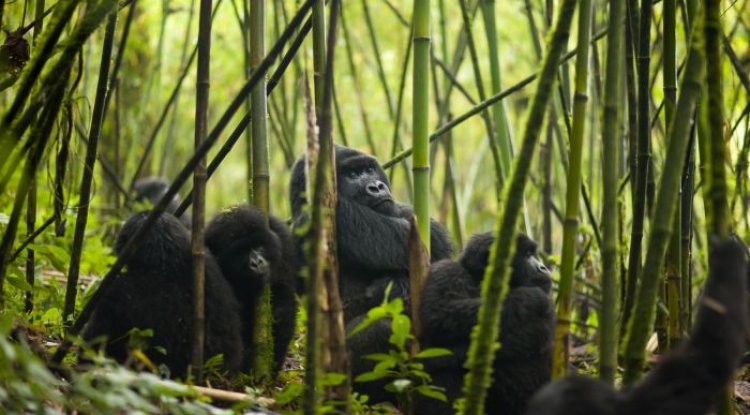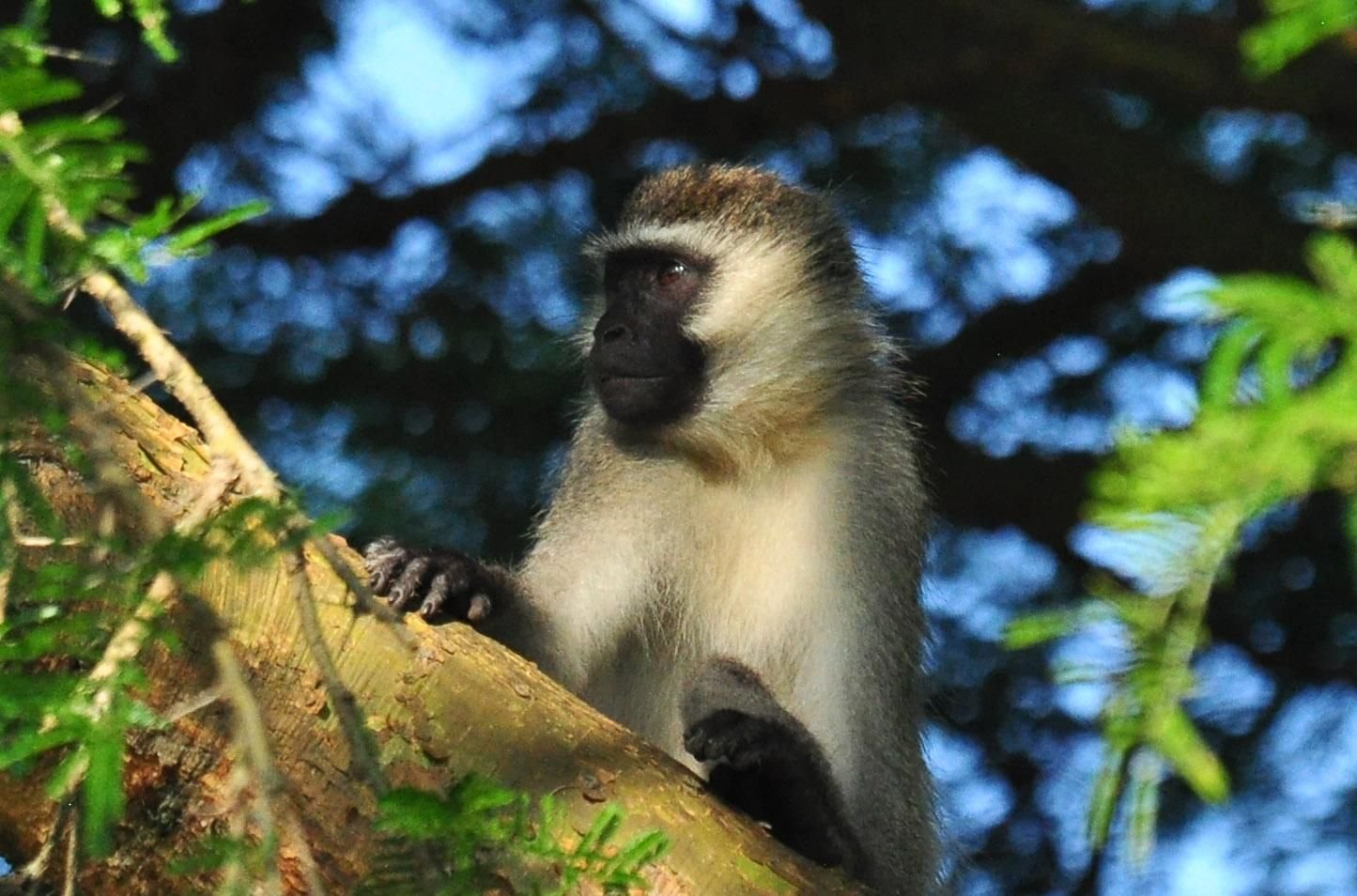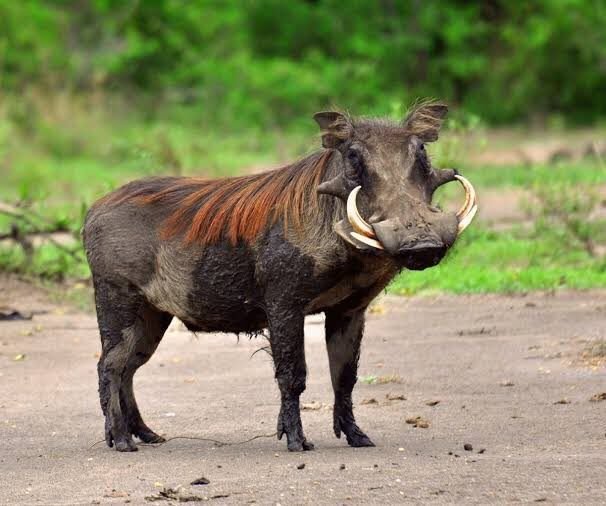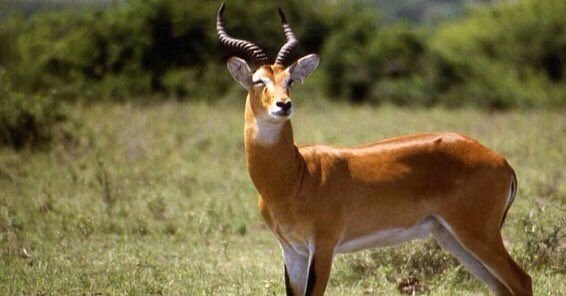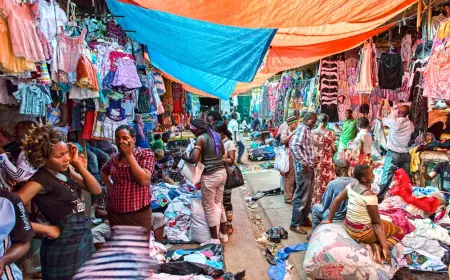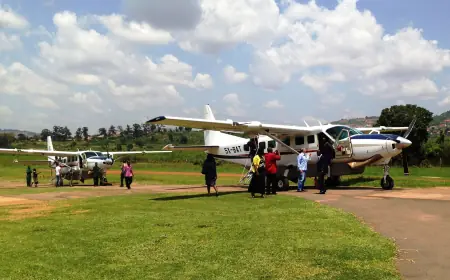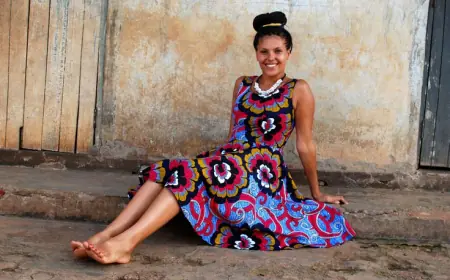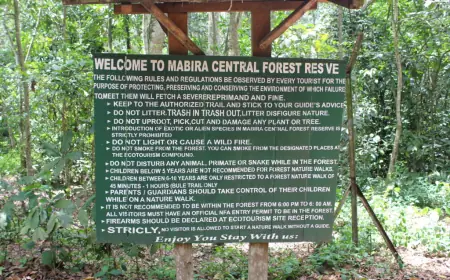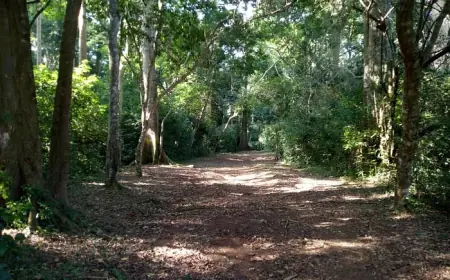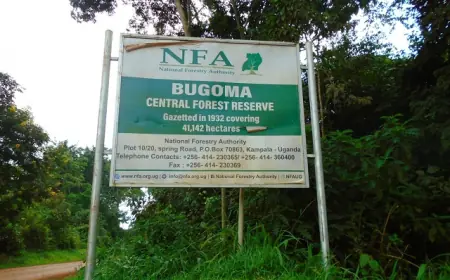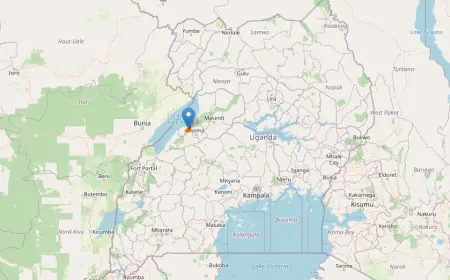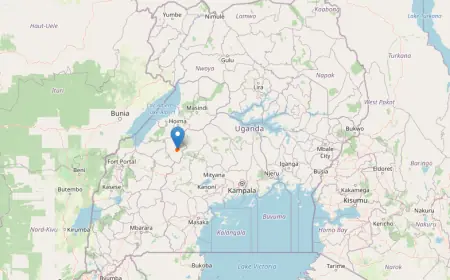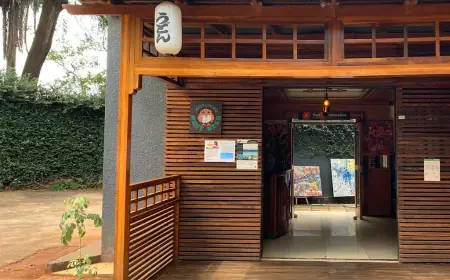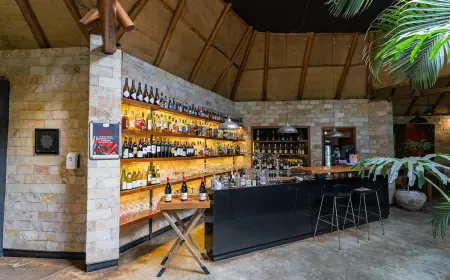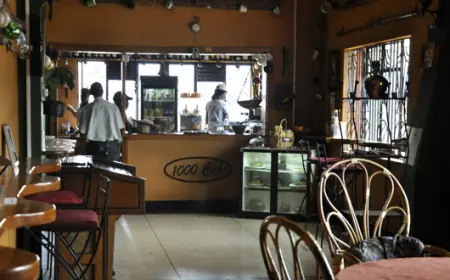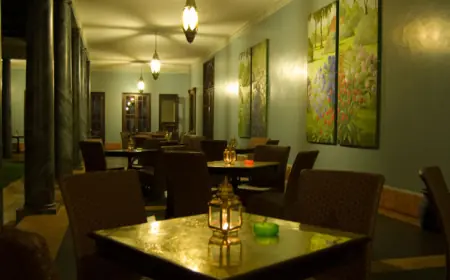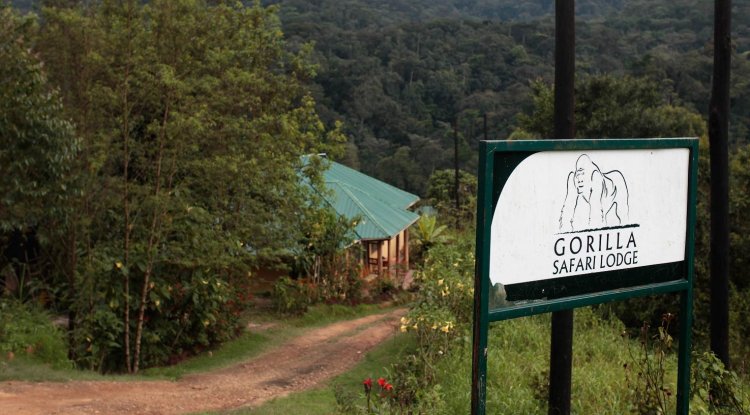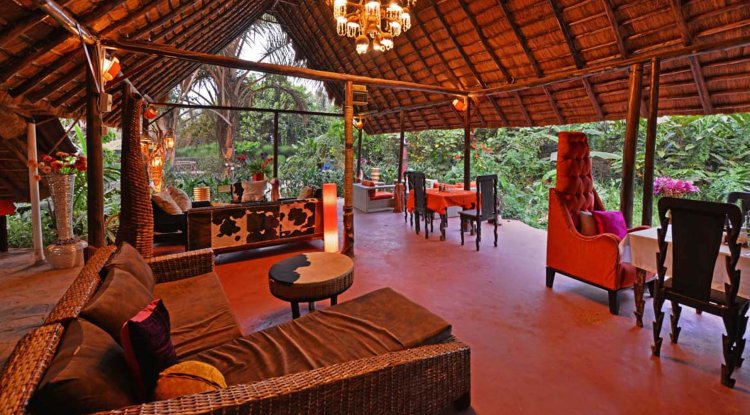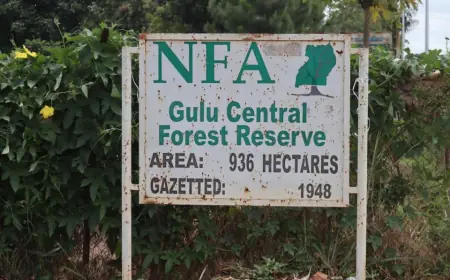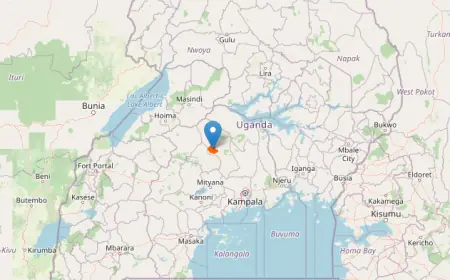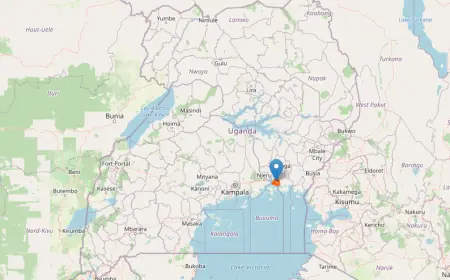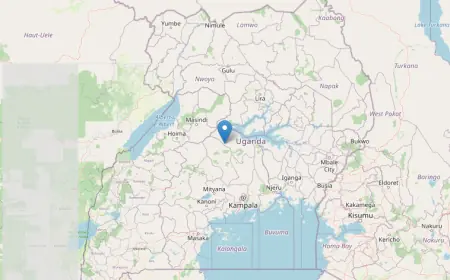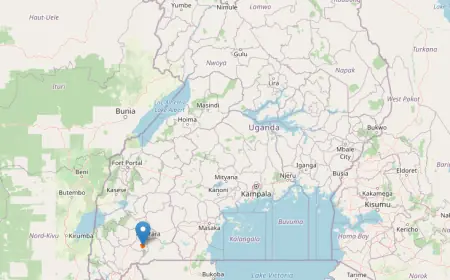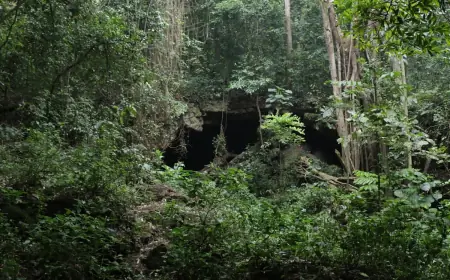Kapchorwa Central Forest Reserve
Kapchorwa Central Forest Reserve, is a testament to the beauty and resilience of nature. It’s a place where the air is fresh, the trees stand tall, and wildlife thrives.
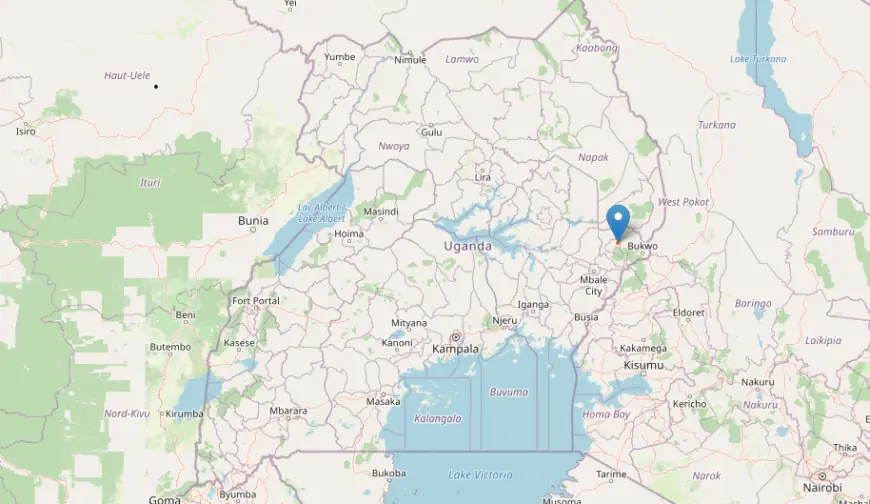
Once upon a time, nestled in the eastern part of Uganda, lay a hidden gem waiting to be discovered. This gem, known as the Kapchorwa Central Forest Reserve, is a testament to the beauty and resilience of nature. It’s a place where the air is fresh, the trees stand tall, and wildlife thrives. This is not just a story about a forest reserve; it’s a tale of conservation, community, and coexistence.
Location and Geography
The Kapchorwa Central Forest Reserve is located in the Kapchorwa district, found in the Sebei Sub-region at the slopes of Mount Elgon. It is bordered by Mbale, Bulambuli, and Sironko in the south-west, Nakapiripit and Moroto in the north, and the Republic of Kenya in the east. The area largely comprises the Sabiny, Pokot, and Nandi communities of western Kenya.
Size and Altitude
The reserve spans a modest 0.06 square kilometers (0.023 sq mi), but don’t let its size fool you. It is located at an altitude of 2,100 to 2,400 meters (6,900 to 7,900 feet) above sea level, offering breathtaking views and a unique ecosystem.
Conservation Status
The National Forestry Authority (NFA) is mandated to manage all forest reserves and protected areas in Uganda. In 2010, Kapchorwa Central Forest Reserve had 61.4 hectares of tree cover, which extended over 35% of its land area. However, in 2021, the reserve lost 15.6ha of tree cover, equivalent to 15.4 kt of CO2 emissions.
Efforts to Conserve
The World Bank, in partnership with the Ugandan government, launched a US$178.2 million (642 billion in Uganda shillings) project to conserve all protected areas and improve sustainable management of forests in Uganda. The NFA is working to conserve the reserve by preventing deforestation, controlling agricultural expansion, and educating the public about the importance of the reserve.
Flora and Fauna
The reserve is home to a variety of plant and animal species, including mahogany trees, bamboo, and a variety of birds and mammals. It’s a haven for nature lovers and a paradise for bird watchers.
Recreation and Education
Kapchorwa Central Forest Reserve is a popular destination for hiking and camping. The reserve is open to the public for recreation and education. Visitors to the reserve are required to pay a fee and obtain a permit from the NFA. The NFA offers a variety of educational programs about the reserve and its natural resources.
Conclusion
The Kapchorwa Central Forest Reserve is more than just a forest; it’s a symbol of Uganda’s commitment to conservation and sustainable development. It’s a place where nature and culture intertwine, creating a unique experience for all who visit. So, the next time you find yourself in Uganda, make sure to pay a visit to this hidden gem. You won’t regret it.
What's Your Reaction?
 Like
0
Like
0
 Dislike
0
Dislike
0
 Love
0
Love
0
 Funny
0
Funny
0
 Angry
0
Angry
0
 Sad
0
Sad
0
 Wow
0
Wow
0
